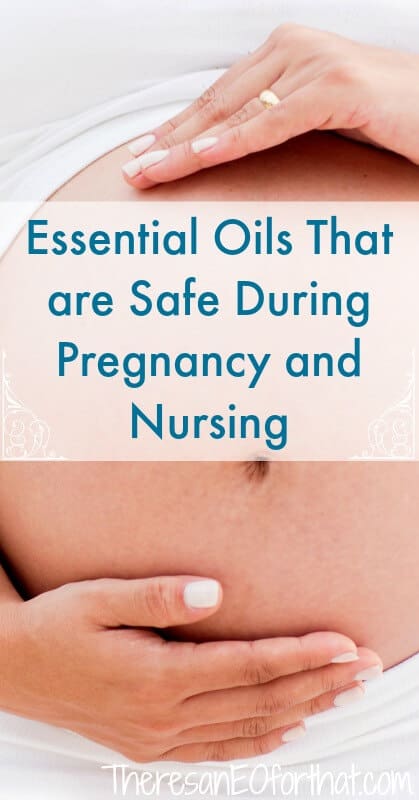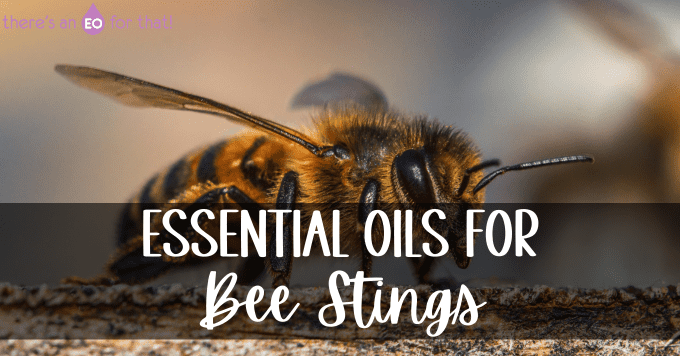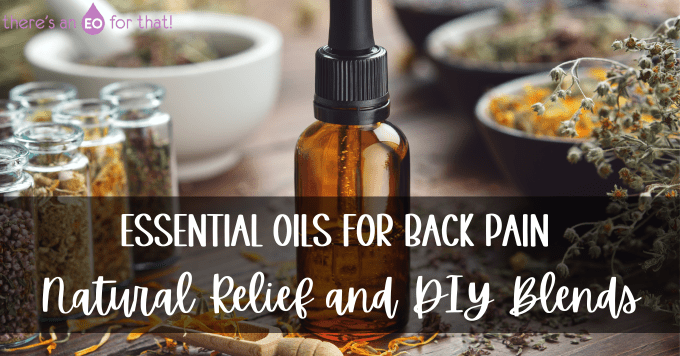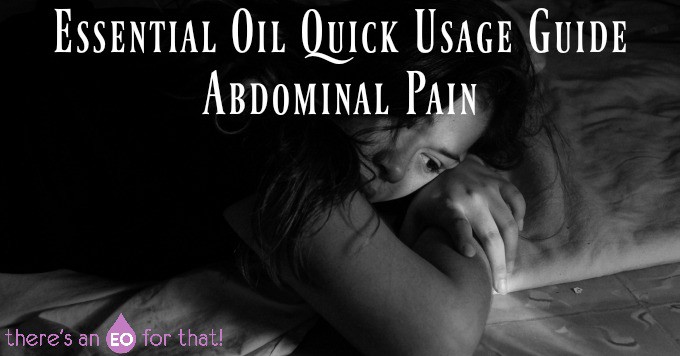
The use of essential oils during pregnancy and while nursing is a controversial topic to say the least. There hasn’t been a ton of research or studies mainly because no one has come up with a safe method for testing on pregnant women and infants, and frankly, who wants to risk their unborn child or small infant? This is why there are so many precautions during pregnancy even beyond the use of essential oils. We just don’t know how to go about this sort of thing safely.
However, essential oils have been used by doulas, midwives, nurses, and of course mothers-to-be for almost 30 years without inflicting harm on the mother or baby during pregnancy or while nursing.
Dr. Jane Buckle, author of Clinical Aromatherapy states:
There are no records of abnormal fetuses or aborted fetuses as a result of the normal use of essential oils, either by inhalation or by topical application.
This means that essential oils can be very safe for use during pregnancy if used properly. This is great news because essential oils have the power, even when greatly diluted, to help expectant mothers with nausea and vomiting, swelling of the ankles and feet, muscle spasms, back ache, insomnia, stress, anxiety, and so much more.
Essential Oils that are Safe During Pregnancy and Nursing – THE RULES
First and foremost, before using essential oils while pregnant, consult with your health care practitioner especially if you have hormone related issues. Please do your research y’all!
I highly recommend these books for the avid essential oil enthusiast:
- Essential Oil Safety
- The Chemistry of Essential Oils Made Simple
- The Complete Guide to Aromatherapy
- The Complete Book of Essential Oils and Aromatherapy
- Clinical Aromatherapy
- The Healing Intelligence of Essential Oils
Essential oils can be used during pregnancy and breastfeeding when safety and special attention are of the upmost importance. Proper dilution, application, and the types of oils deemed safe during pregnancy should be thoroughly researched before diving in. I know it’s exciting that essential oils have the ability to aid you during the physical, mental, and emotional tribulations of pregnancy, but take a step back and review the “rules” below.
1. Do not ingest essential oils during pregnancy or while nursing
While using many essential oils topically or by diffusion is considered safe (read rule 2 below), taking essential oils internally while pregnant or nursing is not. Many essential oils can actually be quite toxic to the baby if ingested. Essential oils can even get dispersed into breastmilk! To prevent any harm, it is recommended that you NOT ingest ANY essential oils while pregnant or while nursing or even when trying to get pregnant.
2. Avoid using essential oils during the first trimester
This is a tough one, especially if you are using essential oils to help boost fertility or improve current fertility issues. Many aromatherapists agree that the use of essential oils should be avoided for the first 3 months of pregnancy and absolutely avoided if your pregnancy is high risk for any reason.
My advice is this: If you are currently trying to get pregnant, definitely avoid ingesting essential oils. If you must use essential oils topically, use only the oils that are listed safe below at no more than a 1% dilution (6 drops of EO in 2TB of carrier oil), maybe even half that.
Use this discretionary method if you use essential oils daily for other needs or are using them for fertility since you won’t know if you’re pregnant for a couple weeks. Obviously, you should use your BEST judgement in this. If you’re concerned, please speak with your health care practitioner or a certified aromatherapist. There are many ways to boost fertility without the use of essential oils.
As soon as you know you’re pregnant, stop using essential oils for the first 3 months of your pregnancy. Diffusion and steams are ok when using a few drops of the pregnancy safe oils discussed below. Many women find adding a drop or two of essential oil to a cotton ball or tissue to be most helpful when nausea ails them. Just place it on your bedside table at night. Just avoid using them topically.
3. Use less not more
You don’t need to slather on essential oils to get great results even when you’re not pregnant. During pregnancy, it is super important to use no more than a 1% dilution (6 drops of essential oils per 1oz/2TB of carrier oil). You can use a 2% dilution during labor and while nursing (12 drops of essential oil per 1oz/2TB of carrier oil).
Tisserand and Young state on pg. 163 of Essential Oil Safety that “topical essential oil exposure should possibly be set somewhere in the 1-4% range.”
I like to err on the side of caution and just recommend a max dilution of 1%. Keep in mind that some essential oils have a lower max dilution than 1% and I've stated these below.
4. Intense essential oil use is not recommended
If you are having some acute or chronic issues like nausea, indigestion, cramps and spasms, insomnia, cold and flu, stress, etc. during your pregnancy, save essential oil usage for when you really need it. Don’t constantly diffuse or apply essential oils. Using them diffused a few times daily for 10-15 minutes, gently inhaling them from a tissue for 3 breaths, or applying them topically at a 1% dilution 1-2 times daily is generally fine.
If you suffer from bad nausea, try making this amazing ginger tea to help settle your stomach.
5. Avoid absolutes, C02 extractions, and other solvent extracted essential oils
You can never be 100% sure that the final product won’t contain traces of butane, hexane, or other solvents. Many absolutes have been found to contain trace amounts of these compounds which are not safe during pregnancy or while breastfeeding. Make sure you source your oils from reputable companies.
6. Do not add essential oils to the birthing pool
Oil does not mix with water which causes the essential oils to float on the surface. This can be harmful to the newborn and may cause irritation, burns, or even accidental ingestion. Diffuse essential oils instead or follow the guidelines of your doula, midwife, or doctor.
Essential Oils That are Safe During Pregnancy and Nursing
These essential oils can be used at a 1-4% dilution (6-24 drops of essential oil per 2TB of carrier oil) according to Tisserand. I recommend erring on the lower end of this scale just to be sure you’re being as safe as possible. These oils can be used in a bath, in lotions and body butters, in the diffuser, as a steam, in body oils, and much more. Please be sure to use the citrus oils listed below ONLY at night as they do cause photosensitivity when exposed to direct sunlight. However, wash-off products/recipes that use citrus oils are safe.
▪ Bergamot (Citrus bergamia) – Do not expose to direct sunlight, wash-off products safe
▪ Black Pepper (Piper nigrum)
▪ Cardamom (Elettaria cardamomum)
▪ Chamomile, German/Roman (Chamaemelum nobile, Matricaria recutita)
▪ Copaiba (Copaifera langsdorfii, Copaifera officinalis)
▪ Coriander (Coriandrum sativum)
▪ Cypress (Cupressus sempervirens)
▪ Fir Needle (Abies alba, Abies sachalinensis, Abies sibirica)
▪ Frankincense (Boswellia carteri, Boswellia frereana, Boswellia neglecta, Boswellia rivae, Boswellia sacra, Boswellia serrata)
▪ Geranium (Pelargonium graveolens)
▪ Ginger (Zingiber officinale)
▪ Grapefruit (Citrus x paradisi) – Do not expose to direct sunlight, wash-off products safe
▪ Juniper berry (Juniperus communis)
▪ Lavender (Lavandula angustifolia)
▪ Lavender, Spike (Lavandula latifolia)
▪ Lemon (Citrus x limon) – Do not expose to direct sunlight, wash-off products safe
▪ Lime (Citrus x aurantifolia) –Do not expose to direct sunlight, wash-off products safe (you can get steam distilled lime essential oil here)
▪Mandarin (Citrus reticulata)
▪ Manuka (Leptospermum scoparium)
▪ Marjoram, Sweet (Marjorana hortensis)
▪ Neroli (Citrus x aurantium)
▪ Orange, Sweet (Citrus sinensis)
▪ Patchouli (Pogostemon cablin)
▪ Petitgrain (Citrus aurantium)
▪ Pine, Scotch (Pinus sylvestris)
▪ Rose, Otto (Rosa damascena) – third trimester only
▪ Rosewood (Aniba rosaeodora)
▪ Sandalwood (Santalum spicatum)
▪ Spearmint (Mentha spicata)
▪ Spruce, Norway (Picea abies)
▪ Tangerine (Citrus reticulata)
▪ Tea Tree (Melaleuca alternifolia)
▪ Thyme ct linalool (Thymus vulgaris)
▪ Ylang Ylang (Cananga odorata) – Use sparingly as it’s rather strong smelling
Essential Oils That Should be Restricted During Pregnancy and Bursing
These oils require careful dilutions but can be used in body lotions or body oils. I have listed the maximum dilution that is safe for use during pregnancy and nursing when applied once daily according to Essential Oil Safety by Tisserand and Young, Pg. 156.
I have also included the proper amount of drops to match the below dilutions for 1oz/2TB of carrier oil.
▪ Basil lemon (Ocimum x citriodorum) – 1.4% max dilution – about 8 drops of essential oil in 2TB of carrier oil
▪ Boswellia papyrifera – 1.7% max dilution – about 10 drops of essential oil in 2TB of carrier oil
▪ Champaca (orange) absolute – 17.5% max dilution – about 105 drops of essential oil in 2TB of carrier oil
▪ Lemon balm (Australian) (Eucalyptus staigeriana) – 3.4% max dilution – about 20 drops of essential oil in 2TB of carrier oil
▪ Lemon leaf – 1.2% max dilution – about 7 drops of essential oil in 2TB of carrier oil
▪ Lemongrass (Cymbopogon flexuosus) – 0.7% max dilution – about 4 drops of essential oil in 2TB of carrier oil
▪ May Chang (Litsea cubeba) – 0.8% max dilution – about 5 drops of essential oil in 2TB of carrier oil
▪ Melissa (Melissa officinalis) – 0.9% max dilution – about 5 drops of essential oil in 2TB of carrier oil
▪ Myrtle (honey) (Melaleuca teretifolia) – 0.9% max dilution – about 5 drops of essential oil in 2TB of carrier oil
▪ Myrtle (lemon) (Backhousia citriodora) – 0.7% max dilution – about 4 drops of essential oil in 2TB of carrier oil
▪ Nasturtium absolute (Tropaeolum majus) – 0.26% max dilution – about 1 drop of essential oil in 2TB of carrier oil
▪ Tea tree (lemon) (Leptospermum petersonii) – 0.8% max dilution – about 5 drops essential oil in 2TB of carrier oil
▪ Thyme (lemon) (Thymus x citriodorus) – 3.7% max dilution – about 22 drops essential oil in 2TB of carrier oil
▪ Verbena (lemon) (Aloysia triphylla) – 0.9% max dilution – about 5 drops of essential oil in 2TB of carrier oil
Essential Oils to AVOID During Pregnancy and While Nursing
The oils listed below should NOT be used via ANY method during pregnancy or while nursing. Some can cause uterine contractions, uterine bleeding, premature birth, and other toxic or hormonal affects concerning the mother and fetus.
▪ Aniseed (Pimpinella anisum)
▪ Anise, Star (Illicium verum)
▪ Araucaria (Neocallitropsis pancheri)
▪ Artemisia (Artemisia vestita)
▪ Atractylis (Atractylylodes lancea)
▪ Birch (Betula lenta)
▪ Black Seed (Nigella sativa)
▪ Buchu (Agathosma betulina, Agathosma crenulata)
▪ Calamint (Calamintha nepeta)
▪ Camphor (Cinnamomum camphora)
▪ Carrot Seed (Daucus carota)
▪ Cassia (Cinnamomum cassia)
▪ Chaste Tree (Vitex ugnus castus)
▪ Cinnamon Bark (Cinnamomum verum)
▪ Clary Sage (Salvia sclarea) – Safe for use during labor only
▪ Cypress, blue (Callitris intratopica)
▪ Dill Seed (Anethum graveolens)
▪ Dill Seed, Indian (Anethus sowa)
▪ Eucalyptus, ALL (Eucalyptus camaldulensis, Eucalyptus globulus, Eucalyptus maidenii, Eucalyptus plenissima, Eucalyptus kochii, Eucalyptus polybractea, Eucalyptus radiata, Eucalyptus autraliana, Eucalyptus phellandra, Eucalyptus smithi)
▪ Fennel, bitter and sweet (Foeniculum vulgare)
▪ Feverfew (Tanacetum parthenium)
▪ Genipi (Artemisia genepi)
▪ Hibawood (Thujopsis dolobratta)
▪ Ho Leaf (Cinnamomum camphora)
▪ Hyssop (Hyssopus officinalis)
▪ Lanyuna (Artemisia afra)
▪ Lavender, French/Spanish (Lavandula stoechas)
▪ Mugwort (Artemisia arborescens, Artemisia vulgaris)
▪ Myrrh (Commiphora myrrha)
▪ Myrtle (Backhousia anisata)
▪ Nutmeg (Mysristica fragrans)
▪ Oregano (Origanum onites, Origanum smyrnaeum, Origanum vulgare, etc.)
▪ Parsley, Leaf/Seed (Petroslinum sativum)
▪ Pennyroyal (Mentha pulegium)
▪ Plectranthus (Plectranthus fruticosus)
▪ Rosemary (Rosmarinus officinalis)
▪ Rue (Ruta graveolens)
▪ Sage, Dalmatian (Salvia officinalis)
▪ Sage, Spanish (Salvia lavandulaefolia)
▪ Tansy (Tanacetum vulgare)
▪ Thuja (Thuja occidentalis)
▪ Western Red Cedar (Thuja plicata)
▪ Wintergreen (Gaultheria procumbens)
▪ Wormwood (Artemisia absinthium)
▪ Yarrow (Achillea millefolium, Achillea nobilis)
▪ Zeodary (Curcuma sedoaria)
What have been your favorite essential oils that are safe during pregnancy and nursing? How do you use them? Please let me know in the comments below!






Chloe Burch says
Hi there! I was wondering if I can take Copaiba EO softgels while I'm breastfeeding. Thank you!
Ann says
My daughter is sick, and she breastfeeds, what can she take?
Thank you,
Ann
Teri says
My daughter just had a baby a few days ago and we need to know if there are any oils she can use on her stitches (vaginal) and to help with the swelling. She is nursing. Thank you
Rebecca Overson says
I have recommended doTERRA frankincense, and doTERRA Immortelle for healing of the perineum. I would not use any other brands as it is a common practice in EO production to cut Frankincense with Terpentine. 🙂 Dilute with fractionated coconut oil. Can spritz with a spray bottle 🙂 -Speaknig as an EO educator, birth doula, prenatal & postpartum massage therapist. Congratulations, Grandma!
Christina says
Thank you for all this information, it has helped me so much, I am currently nursing my sweet sweet 1m old baby girl, and i purchased a hair oil for my curls, its ingredients are, jojoba oil, avocado oil, almond oil, castor oil, cinnamon essential oil, lemongrass eseential oil, sweet orange essential oil, ginger essential oil and caprylhydroxamic GG, tell me should i have cause for concern applying this to my hair?
Veronica Dominach says
Thank you so much! This article was very informative! I didn't see Peppermint on the list. Is this a safe essential oil during pregnancy?
Tash says
It's safe 🙂